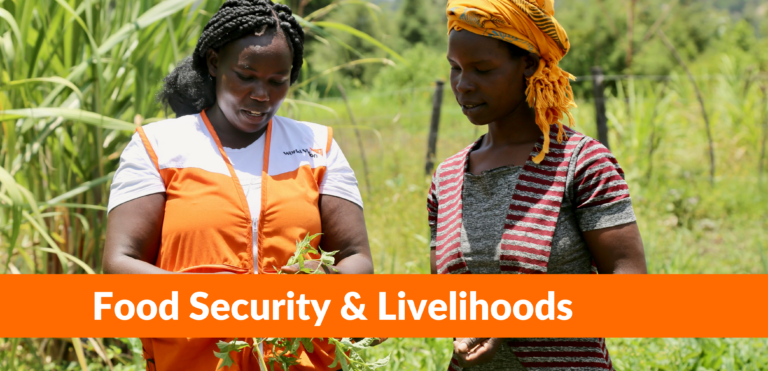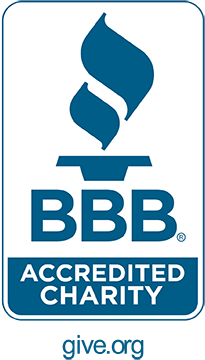Food Security and Livelihoods
48 resources found

The relationship between psychosocial interventions and child wellbeing in Zambia
Abstract: Psychosocial factors contribute to persistence of poverty, but are rarely addressed in poverty reduction programs. We use mixed methods to investigate the relationship between a psychosocial behaviour change approach—empowered worldview (EWV),

The importance of food safety for sustaining inclusive, nutritious food and market systems
Effective MSD is all about catalyzing the market system and its actors to value behaviors that both serve their business interests and provide benefits back to society. How market systems value safe

The early impacts of COVID-19 on food security and livelihood in Vietnam
Abstract: In April 2020, Vietnam initiated a country-wide lockdown to curb the spread of COVID-19. This secondary data analysis evaluates whether NGO-supported households (n = 3,431) reporting to be severely impacted by the

The “3 Rs” of promoting women’s engagement in food systems
A discussion on sustainable food systems would be incomplete without attention to women’s contributions; yet too often they are a mere afterthought for policymakers, private sector strategists and international development program designers. While they may

Role of inclusive market systems development in promoting resilience: Evidence from World Vision projects
Evidence on whether market systems development (MSD) programmes for extremely poor smallholder farmers in low-income countries are associated with resilient outcomes when shocks/stressors appear is limited. We discuss the role of the

Pathways out of ultra-poverty: A mixed methods assessment of layered interventions in coastal Bangladesh
Abstract: Studies suggest impoverishment in Bangladesh has been driven by climate-change-related shocks, ill-health and healthcare expenses, poor access to agricultural markets and services, and more recently, the COVID-19 pandemic. Multi-sectoral programmes have

Toward gender equality and social inclusion in the COVID-19 age
World Vision is proud of its longstanding commitment to ending global poverty, hunger, malnutrition, and food insecurity in the nearly 100 countries where we work. According to internal program data, more than

Government of Ethiopia’s public works and complementary programmes: A mixed-methods study on pathways to reduce intimate partner violence
Abstract: There is evidence that cash transfers reduce intimate partner violence (IPV), but less is known about the impacts of public works and complementary programmes on IPV. Using mixed-methods we examined whether

Differences in the early impact of COVID-19 on food security and livelihoods in rural and urban areas in the Asia Pacific Region
Abstract: The World Vision Asia Pacific office administered a “Rapid Recovery Assessment” among World Vision-supported selected rural and urban communities in 14 countries throughout the Asia-Pacific region in May–June 2020. The assessment

COVID-19 school closures and adolescent mental health: Evidence from Mozambique
In this project surveying 7th graders, we explore the relationship between variation in pandemic-related shocks and educational policies and adolescent student well-being. Respondents reported facing a range of household shocks, and some experienced




